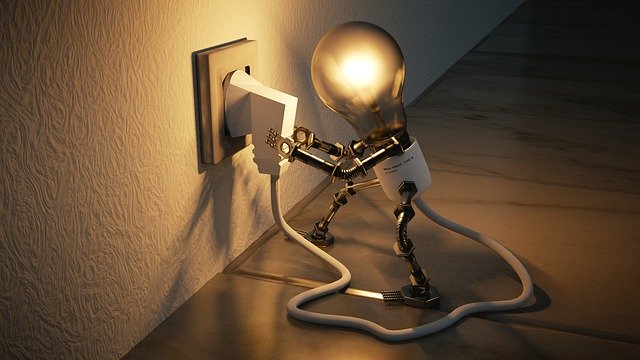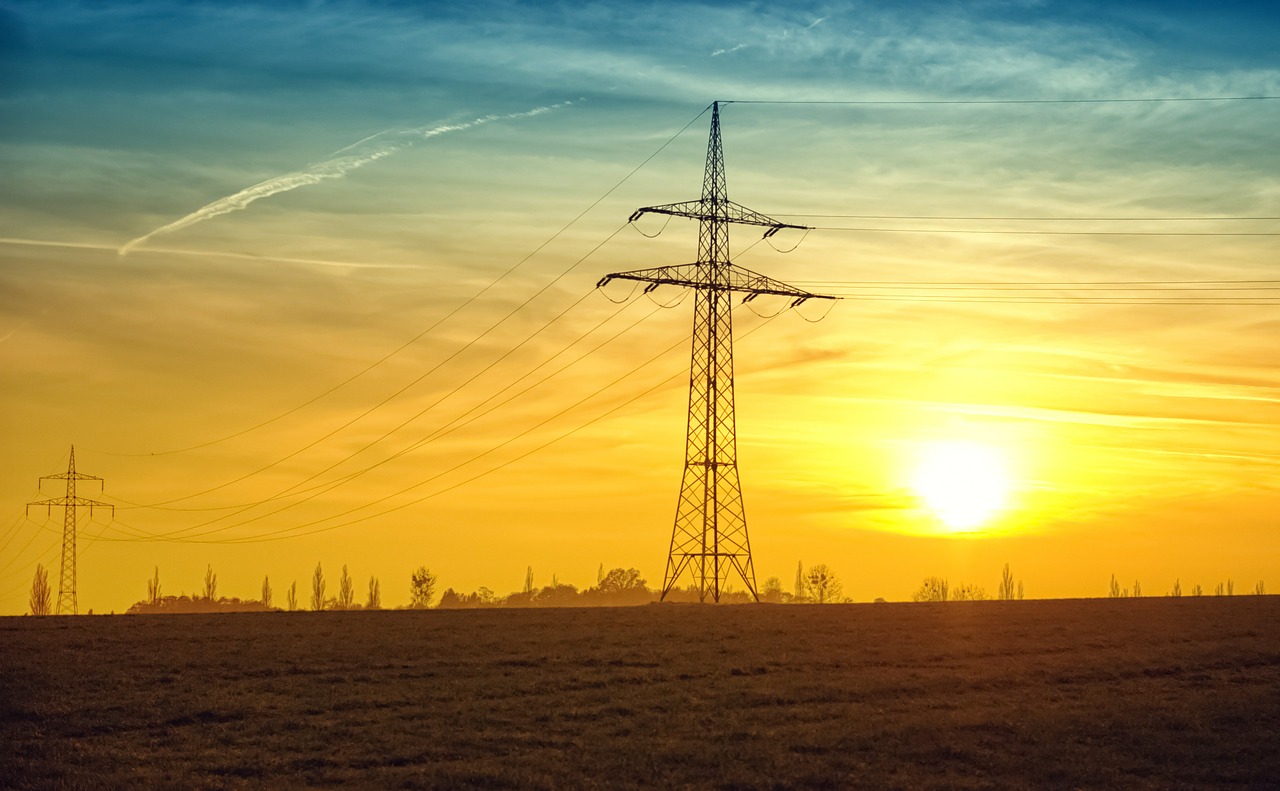Where does electricity come from?
The effects of electricity on our lives are not well stated. Washing machines, refrigerators, microwaves, televisions, and electrical appliances are not separate from electricity. Factories, schools, shops also can not be without electricity. People use electricity for lighting, heating, cooling, and transmitting. With electricity, our lives are more comfortable and more convenient. So, where did the electricity come from?
The electricity we usually use is 220-volt city power, coming from the power plant. A generator electricity in a power plant, then again through electricity transmission lines leading to thousands and tens of thousands of households. So, electricity is “made” by a generator? Is not! Electricity does not have to be generated without a basis. Electricity means electricity; it is a type of energy. Normally we talk about how much electricity is used, actually, just how much electricity is consumed. For example, electric heaters must use electricity, which is to convert electricity into heat. Generators, on the other hand, convert the energy of other forms of energy into electricity.
In a hydroelectric plant, running water has a function. As the water current drives the water turbine, causing the generator magnet to follow, producing a changing magnetic field. The reciprocal magnetic field induces an electric current in the coil wound around it. So the generator generates electricity. Therefore, hydropower converts the mechanical energy of the water stream into electricity. In a wind power plant, rows of giant wind blades line up at the same time spinning, pulling the generator to spin and generate electricity. The mechanical energy consumption of the moving air generates electricity in thermal power plants, burning fuels such as coal, oil, natural gas, etc. Boiling water in a boiler into steam, the steam pushes rotating gas turbines; electricity is generated. It is converting the chemical energy released when burning fuel into electricity.
With the increasing trend of using electricity, the amount of human demand for it is also increasing. There are reserves of natural resources on Earth such as coal, oil, natural gas, etc., gradually exhausted. Given the current consumption rate, oil reserves are only sufficient for human use for about 70 years. However, coal resources are a little richer, at most only enough for 500 years. The exhaustion of energy has become a serious problem that humanity is about to face.
Scientists have discovered that there are great energies in the atomic nucleus called the energy atom. For every kilo of uranium-235, when fission occurs, the energy atom released is equivalent to the energy released when burning about 2700 tons of standard coal. Can energy atoms be used to generate electricity? At a nuclear power plant, it is based on burning nuclear fuel for electricity. Current nuclear fuels are mainly uranium and thorium. Another type of nuclear fuel – deuterium, can release more energy. Deuterium reserves in seawater can provide humanity with 10 million years of use! How to take advantage of the energy inside the deuterium? Scientists are still researching and exploring. Due to the great technical difficulty, it is currently not possible to use it to generate electricity. The use of atomic energy for peaceful purposes is a top priority for physicists today.





